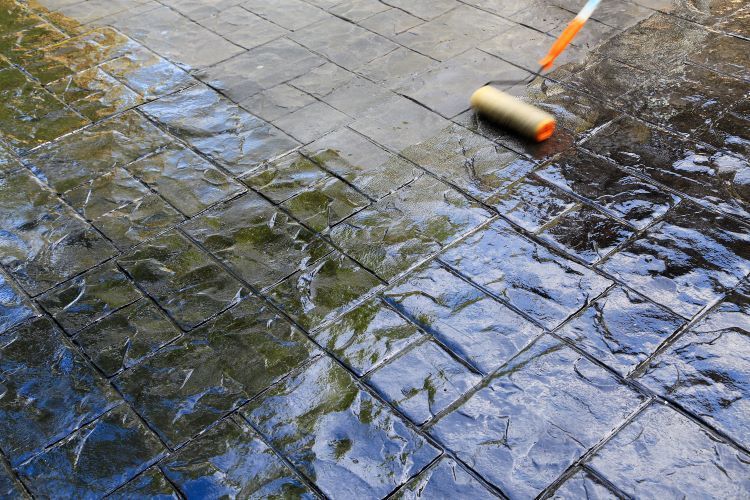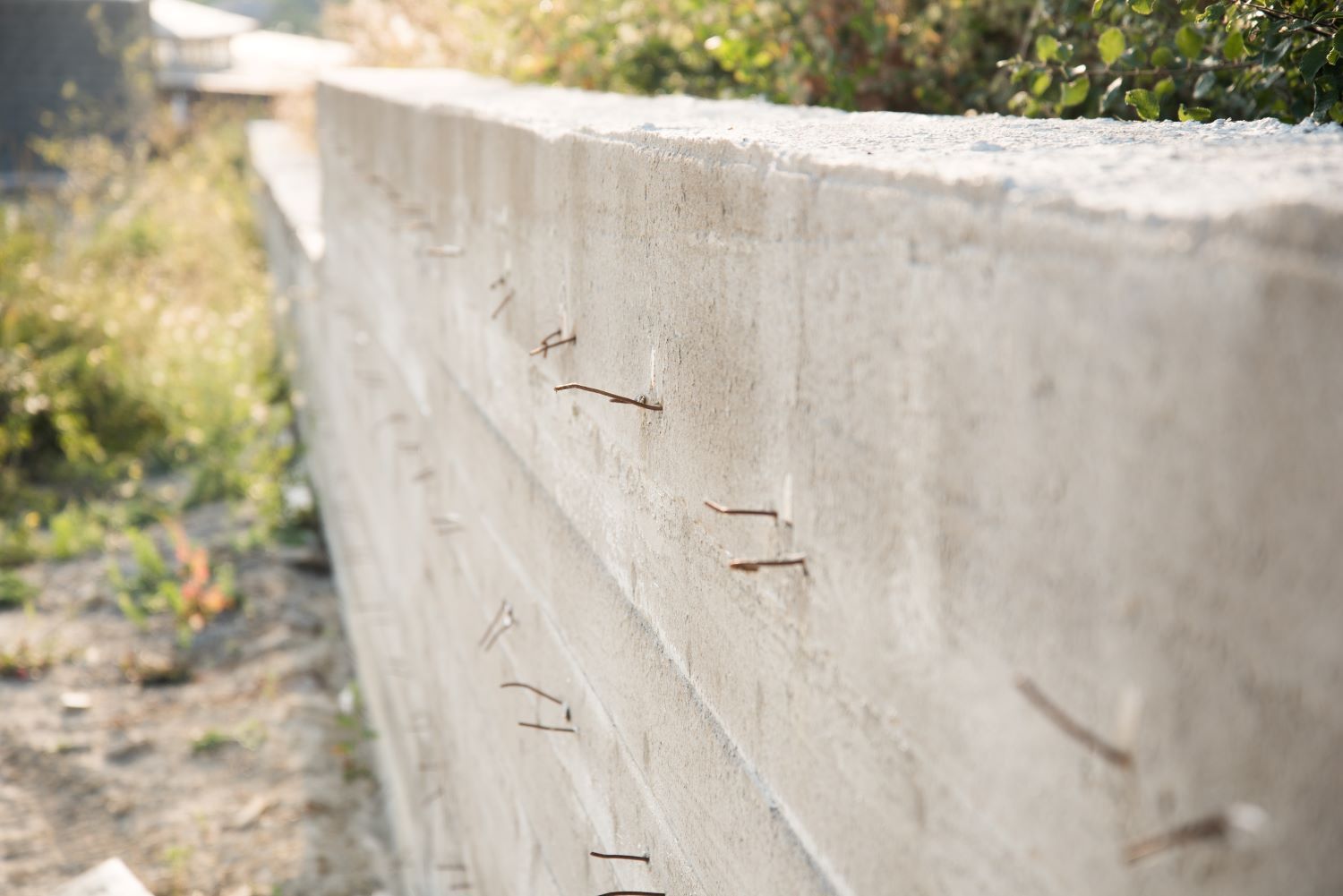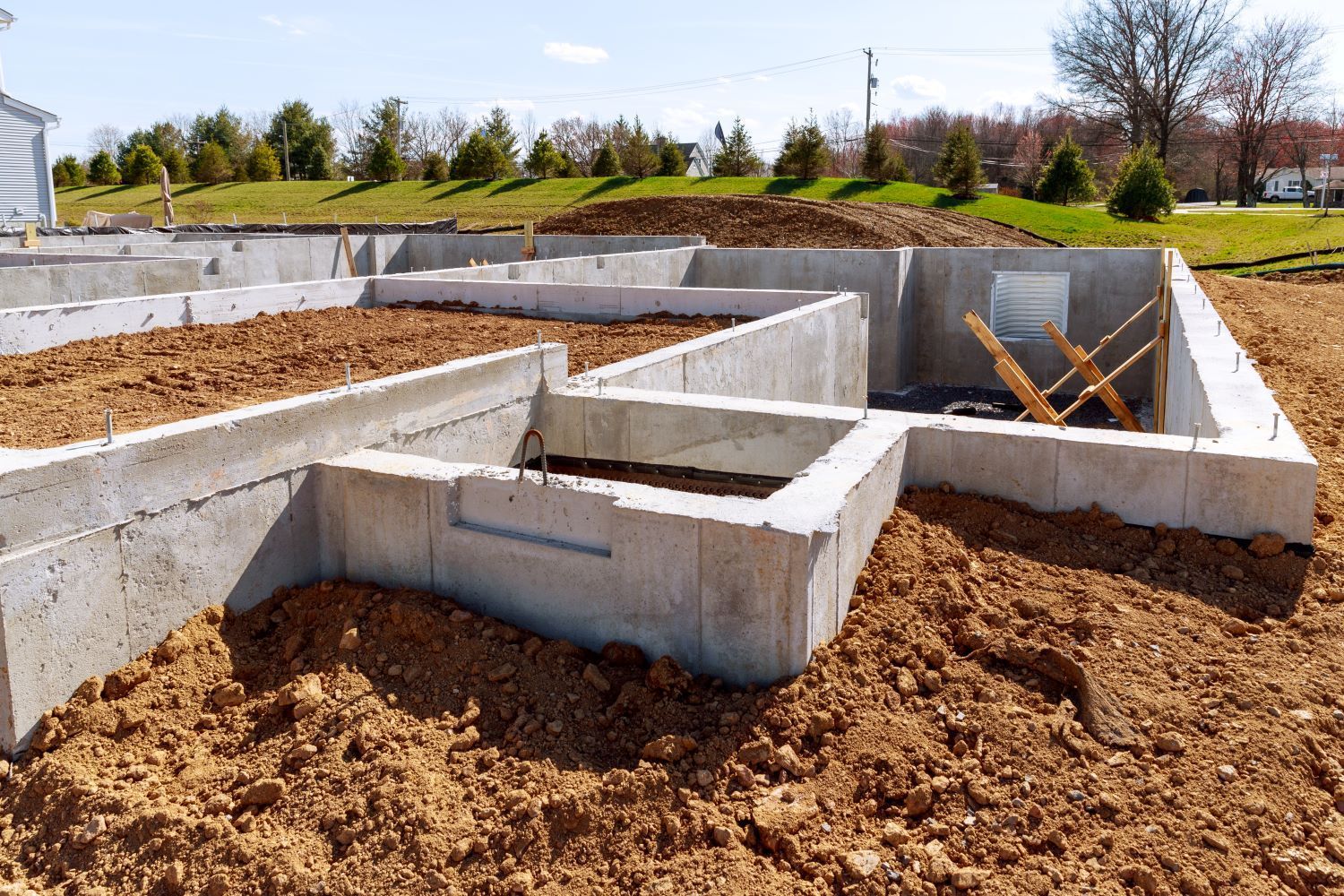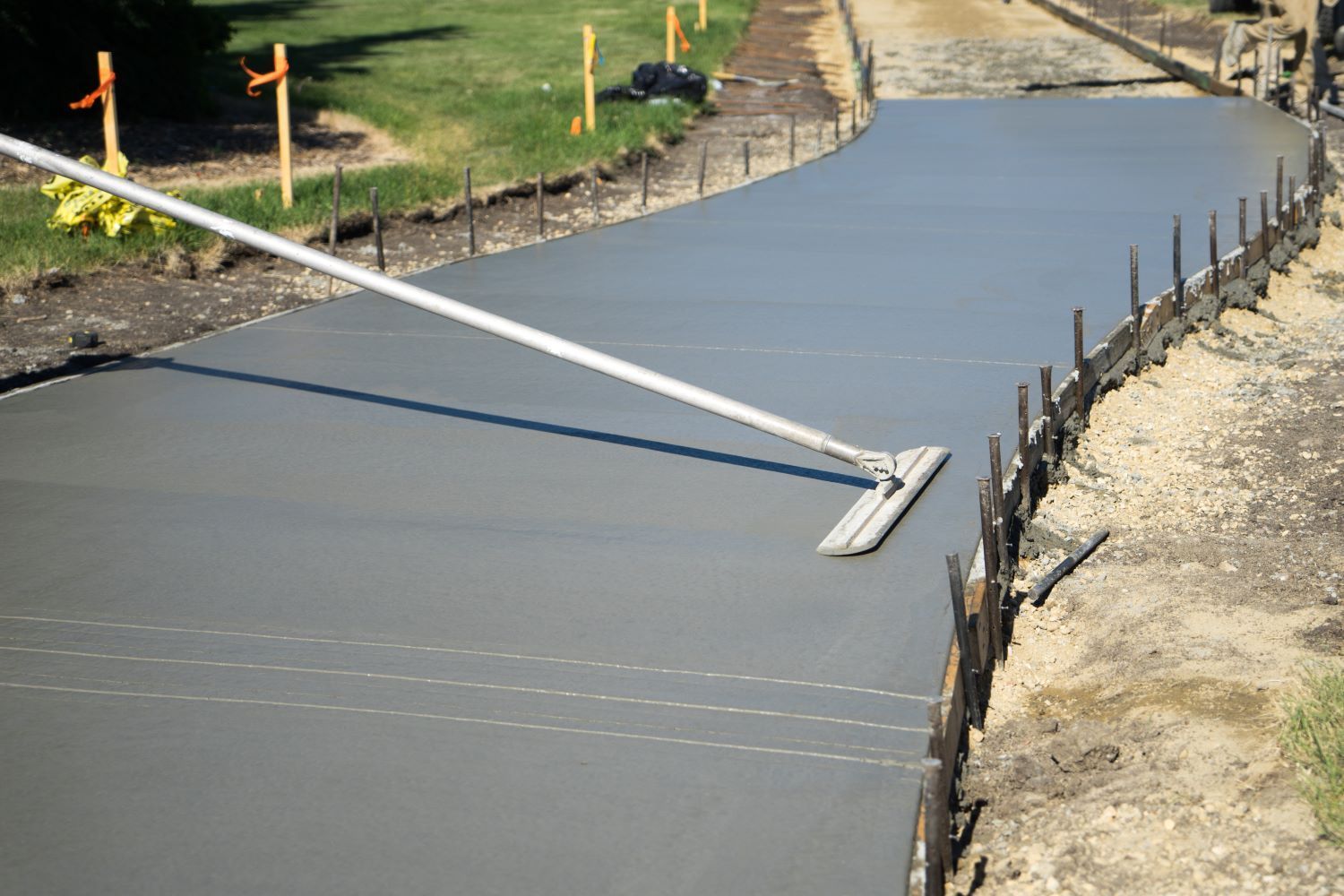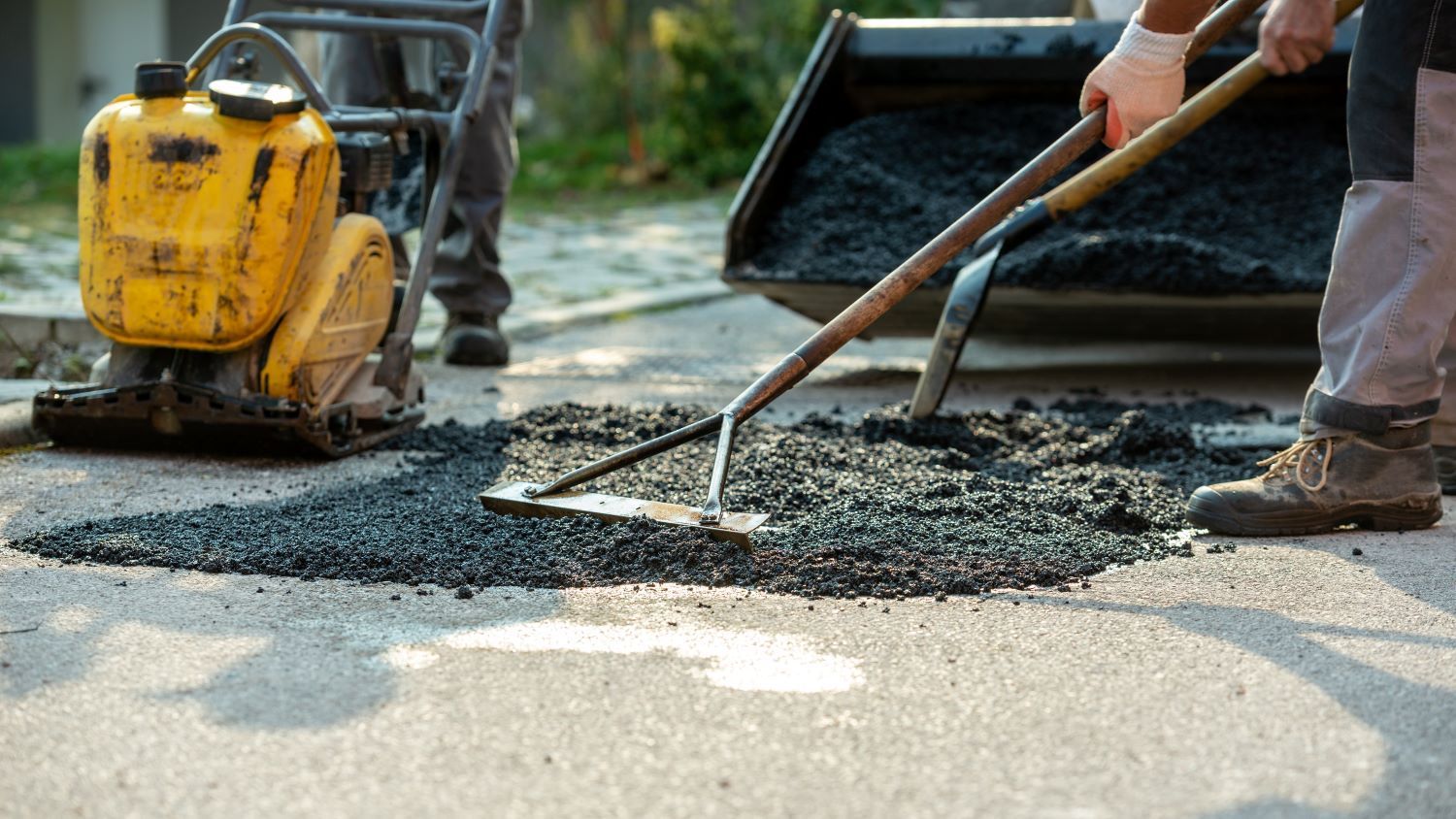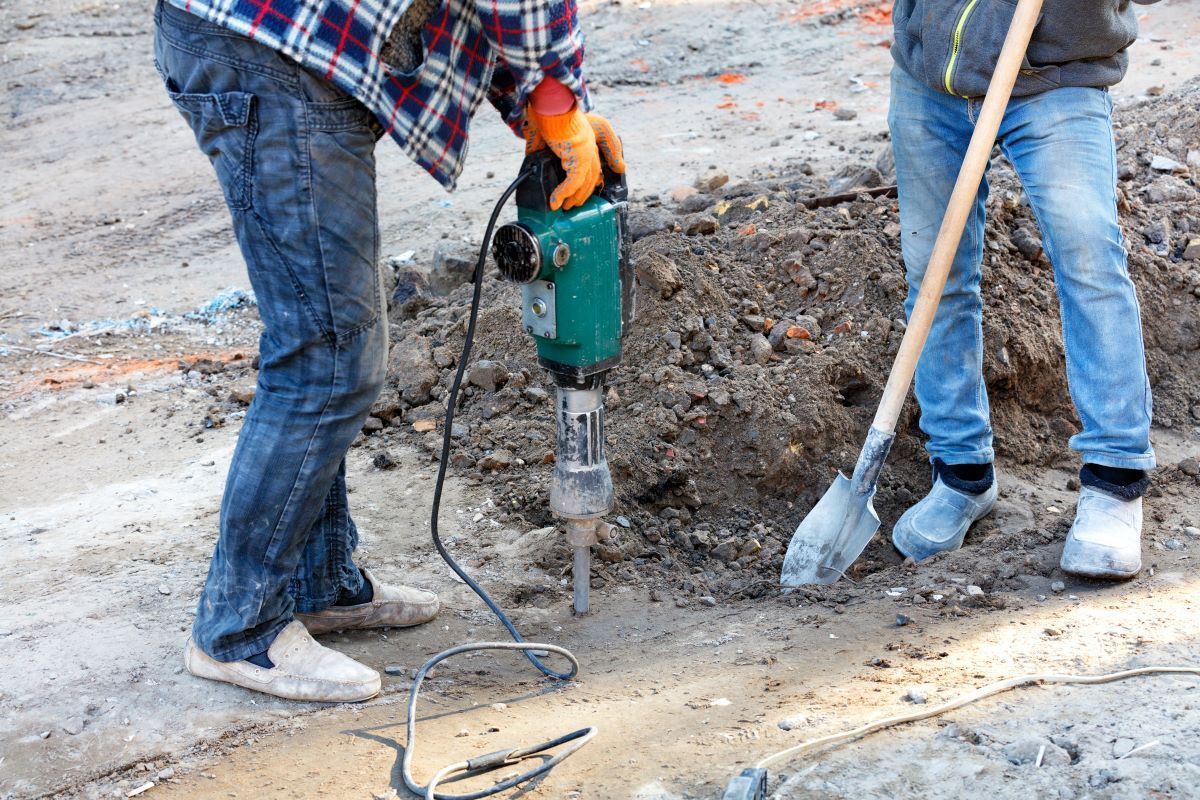4 Things to Know About Concrete Cutting
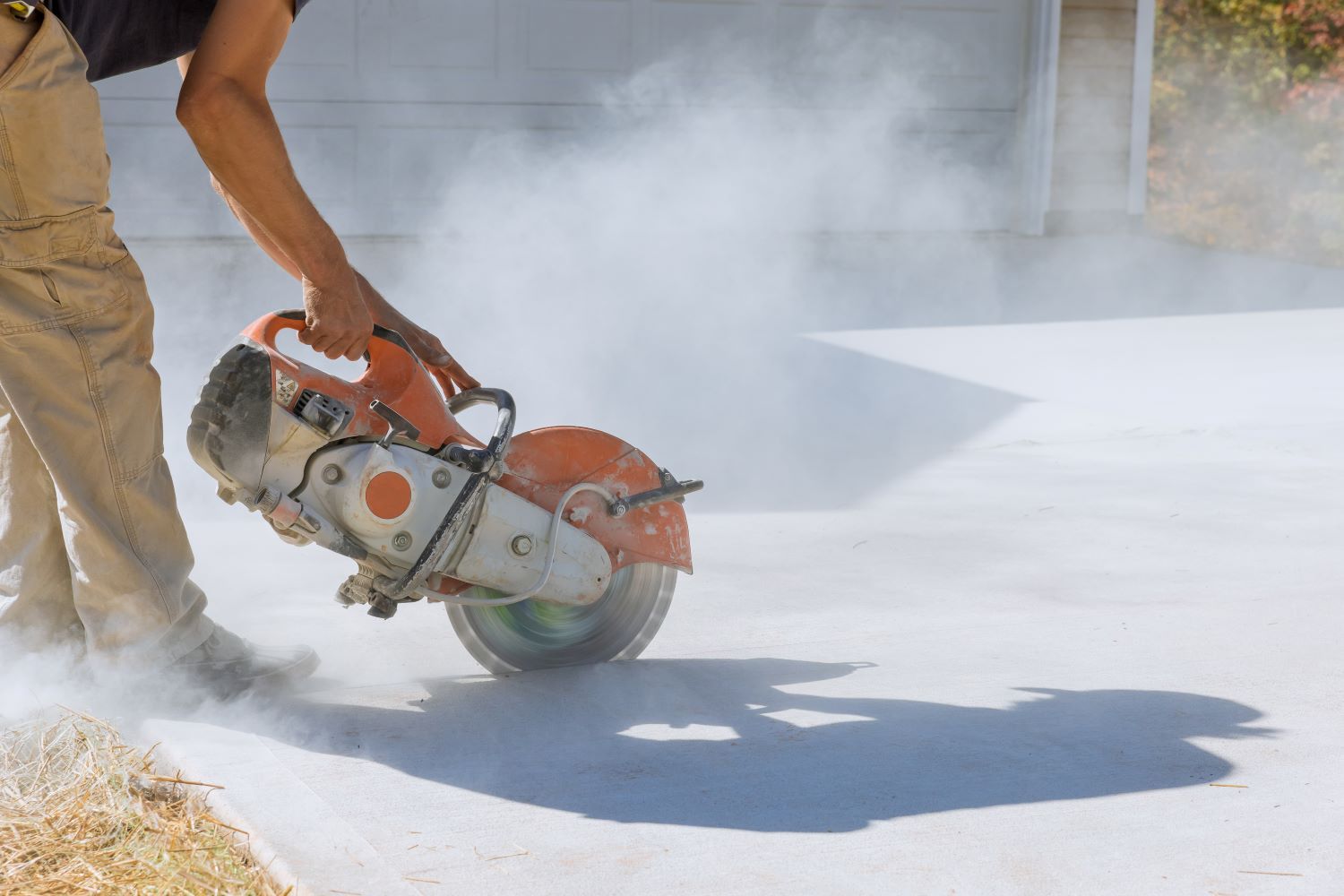
Concrete cutting is a crucial process in construction and renovation projects, allowing for precise and efficient removal of concrete to create openings, pathways, or alterations. Whether you're planning a home renovation, commercial construction, or infrastructure upgrade, understanding the basics of concrete cutting is essential. In this guide, we'll cover everything you need to know about concrete cutting, including techniques, tools, safety measures, and more.
1. Types of Concrete Cutting
There are several methods of concrete cutting, each suitable for different purposes and project requirements:
- Flat Sawing: Also known as slab sawing, this method uses a flat blade mounted on a walk-behind machine to cut through horizontal surfaces like floors, driveways, and pavement.
- Wall Sawing: Wall sawing involves cutting vertical or inclined surfaces, such as walls, columns, or beams, using a specialized saw mounted on a track system for precise and controlled cuts.
- Core Drilling: Core drilling is used to create holes in concrete surfaces for plumbing, electrical, or HVAC installations. It involves rotating a hollow drill bit to extract cylindrical cores of concrete.
- Wire Sawing: Wire sawing utilizes a wire loop embedded with abrasive particles to cut through thick concrete structures, such as bridges, dams, or foundations, where traditional sawing methods are impractical.
2. Equipment and Tools
Concrete cutting requires specialized equipment and tools designed for the specific cutting method and application:
- Diamond Blades: Diamond blades are the most commonly used cutting blades due to their exceptional hardness and durability. They feature industrial-grade diamond segments bonded to a metal core for cutting through tough concrete materials.
- Saws: Various types of saws, including flat saws, wall saws, and wire saws, are used depending on the cutting requirements and surface conditions.
- Core Drills: Core drilling machines come in handheld or rig-mounted configurations and are equipped with diamond-tipped drill bits for creating precise holes in concrete.
- Safety Gear: Personal protective equipment (PPE) such as safety goggles, hearing protection, gloves, and respirators are essential for protecting workers from hazards such as flying debris, noise, and silica dust.
3. Safety Measures
Safety is paramount when it comes to concrete cutting. Here are some essential safety measures to follow:
- Conduct a thorough site assessment to identify potential hazards and implement appropriate safety precautions.
- Ensure all operators are trained and certified in concrete cutting techniques and equipment operation.
- Use proper ventilation and dust control measures to minimize exposure to silica dust, a known respiratory hazard.
- Inspect equipment regularly and maintain it in good working condition to prevent accidents and injuries.
4. Hiring Professional Contractors
While some DIY enthusiasts may attempt concrete cutting projects themselves, it's often best to hire experienced professionals for complex or large-scale projects. Professional contractors have the expertise, equipment, and safety protocols to ensure the job is done safely and efficiently, minimizing the risk of damage or accidents.
For concrete cutting services in St. John's Newfoundland, trust the experts at Concrete Contractors St. Johns. With years of experience and a commitment to quality and safety, we can handle all your concrete cutting needs with precision and professionalism. Contact us today to learn more about our services and schedule a consultation for your next project.
